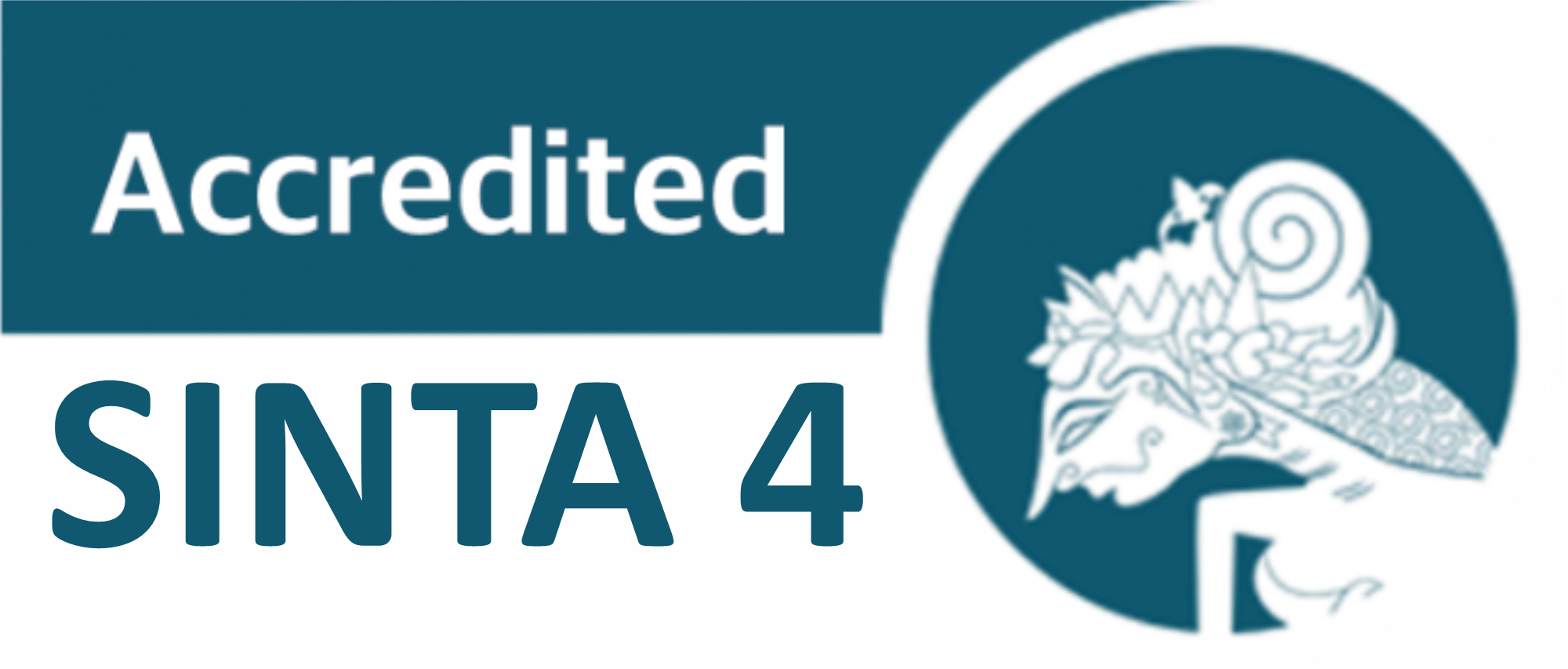The Marriage Traditions of the Parmalim Community as Inspiration for Painting Creation
DOI:
https://doi.org/10.24114/gr.v14i1.64364Keywords:
Parmalim, Cultural, Appreciation, Diversity, PaintingAbstract
Indonesia is renowned for its rich cultural heritage and diverse beliefs, one of which is Ugamo Malim, a tradition embraced by the Parmalim community of the Batak tribe. The wedding customs of the Parmalim, particularly in Sianjur Mula-Mula, preserve ancestral rituals that diverge significantly from those of Christian or Islamic Batak communities. This research investigates how the Parmalim wedding tradition, particularly its symbolic six-movement ceremonial dance, can inspire the creation of painting artworks. The study aims to delve into the cultural significance of these traditions, enhance appreciation for the beauty of Parmalim’s heritage, and promote the preservation and celebration of Indonesia’s cultural diversity. The creative process employed a structured methodology comprising preparation, elaboration, contemplation, and realization to develop meaningful and impactful artworks. Utilizing bravura and chiaroscuro techniques, the artist produced twelve paintings inspired by Parmalim’s wedding traditions, each capturing symbolic elements such as “Hohom,” representing gentleness, and “Mangurdot Somba,” reflecting joy. However, this article presents only three of these paintings, focusing on their symbolic elements and artistic interpretation. These works demonstrate a fusion of traditional themes and creative expression, employing freely chosen materials and tools on sketched canvases to achieve optimal visualization and proportionality. The study concludes that creating paintings based on Parmalim wedding traditions not only showcases artistic prowess but also serves as an act of cultural appreciation and preservation. This body of work underscores the profound connection between art and cultural identity, reinforcing the significance of valuing Batak heritage and fostering cultural diversity.References
Arikunto, S. (2002). Prosedur Penelitian Suatu Pendekatan Praktek. Jakarta: Rineka Cipta.
Hendriyana, M. (2019). Metodologi Penelitian Penciptaan Karya. Bandung: CV. Pilar Nusantara.
Hirosue, M. (2015). Hegemony and Resistance: The Encounters between the Dutch and the Batak Peoples in the Precolonial and Early Colonial Periods. Journal of History Culture and Art Research, 4(2), 47-68.
Ida, K. (2019). The Representation of Wedding Rituals in Traditional Indonesian Art. Journal of Southeast Asian Studies*, 6(1), 47-57.
Irwansyah, H. (2016). Hata ni Debata: Etnografi Spiritual – Musikal Parmalim Batak Toba. Penerbit: Semai, Cetakan kedua.
Kadek, W. (2018). Tradition and Modernity in the Art of I Ketut Lasia. Journal of Contemporary Art and Culture, 5(2), 28-35.
Muhammad Ghifari, Anni Kholilah, & Miftahun Naufa. (2021). Pengenalan Lukis Kaca Sebagai Media Hias dan Cendera Mata pada Siswa-Siswa SMA N 1 Jantho. Gorga: Jurnal Seni Rupa, 10(01), Januari-Juni. p-ISSN: 2301-5942 | e-ISSN: 2580-2380.
Muljiyono. (2010). Seni Rupa Dalam Perspektif Metodologi Penciptaan: Refleksi Atas Intuitif dan Metodis, VI (6)
Nuning, T. (2017). Cultural Heritage and Identity in Traditional Weddings in Indonesia. International Journal of Humanities and Social Science Research, 5(2), 31-40.
Pamela Mikaresti, & Herlinda Mansyur. (2022). Pewarisan Budaya Melalui Tari Kreasi Nusantara. Gorga: Jurnal Seni Rupa, 11(01), Januari-Juni. p-ISSN: 2301-5942 | e-ISSN: 2580-2380.
Pitcher, C. (2009). Acrylic Painting For Dummies. John Wiley & Sons.
Siagian, R. (2016). Transformation of Traditional Batak Wedding Ceremony. Journal of Ethnic and Cultural Studies, 3(1), 1-14.
Situmorang, J. (2009). The Role of Batak Ethnic and Cultural Values in the Implementation of Character Education in Indonesia. Jurnal Penelitian dan Evaluasi Pendidikan, 13(1), 115-131.
Susanto, Mikke. (2015). "Seni Lukis Indonesia: Dari Purbakala Sampai Kontemporer." Jakarta: Penerbit KPG.
Zulkarnain Muttaqin, Nyoman Dewi Pebriyani, & Suharto. (2024). Langkah Melestarikan Golok Walahir Sebagai Salah Satu Identitas Budaya Masyarakat Sindangkerta Tasikmalaya. Gorga: Jurnal Seni Rupa, 13(01), Januari-Juni. p-ISSN: 2301-5942 | e-ISSN: 2580-2380.
Kemdikbud. (2007). Kamus Besar Bahasa Indonesia. Jakarta: Badan Pengembangan dan Pembinaan Bahasa.
Downloads
Published
How to Cite
Issue
Section
License
Copyright (c) 2025 Jollin Josep Simbolon, Nelson Tarigan

This work is licensed under a Creative Commons Attribution-ShareAlike 4.0 International License.
Copyright
Authors published in this journal agree to the following terms:
- The copyright of each article is retained by the author (s).
- The author grants the journal the first publication rights with the work simultaneously licensed under the Creative Commons Attribution License, allowing others to share the work with an acknowledgment of authorship and the initial publication in this journal.
- Authors may enter into separate additional contractual agreements for the non-exclusive distribution of published journal versions of the work (for example, posting them to institutional repositories or publishing them in a book), with acknowledgment of their initial publication in this journal.
- Authors are permitted and encouraged to post their work online (For example in the Institutional Repository or on their website) before and during the submission process, as this can lead to productive exchanges, as well as earlier and larger citations of published work.
- Articles and all related material published are distributed under a Creative Commons Attribution-ShareAlike 4.0 International License.
License
Gorga : Jurnal Seni Rupa is licensed under a Creative Commons Attribution-ShareAlike 4.0 International License.










